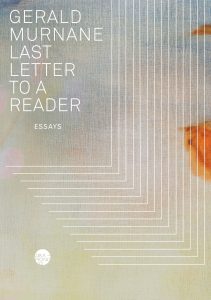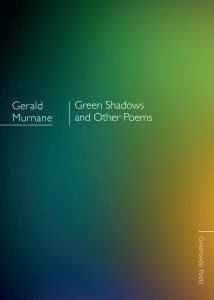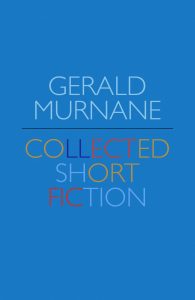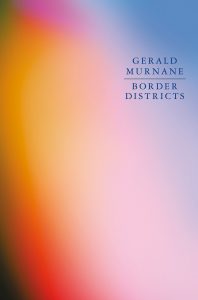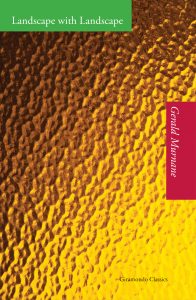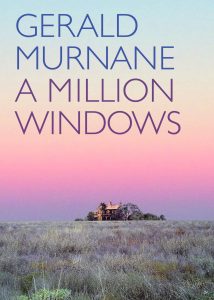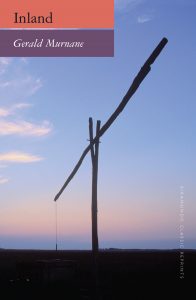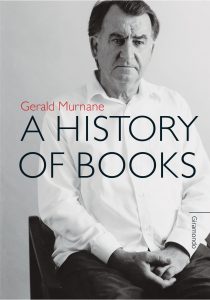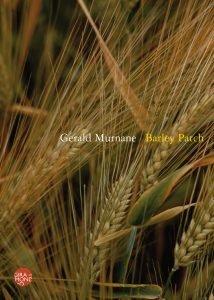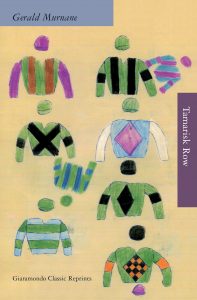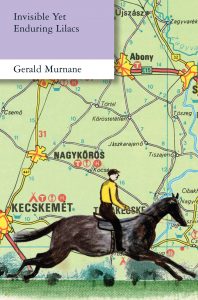
Photo: Timothy Hillier
Gerald Murnane
Gerald Murnane was born in Melbourne in 1939. He is the author of eleven works of fiction, including Tamarisk Row, The Plains, Inland, Barley Patch, A History of Books, A Million Windows, and Border Districts, and a collection of essays, Invisible Yet Enduring Lilacs. He is a recipient of an Emeritus Fellowship from the Australia Council, the Patrick White Literary Award, the Melbourne Prize for Literature, the Adelaide Festival Literature Award for Innovation and the Victorian Premier’s Literary Award. His last work of fiction, Border Districts, received the the 2018 Prime Minister’s Literary Award for Fiction, was shortlisted for the 2018 Miles Franklin Literary Award and the 2018 ALS Gold Medal, and longlisted for the 2018 Voss Literary Prize.
The emotional conviction… is so intense, the somber lyricism so moving, the intelligence behind the chiseled sentences so undeniable, that we suspend all disbelief.
J.M. Coetzee
a genius on the level of Beckett
Teju Cole
No living Australian writer, not even Les Murray, has higher claims to permanence or a richer sense of distinction.
Sydney Morning Herald
Murnane is interested in what part of consciousness – of sensation, of emotion – might be shareable and what part is irreducibly individual, a private territory.
Ben Lerner
Titles
Videos
The Place of Gerald Murnane's Imagining. Gerald Murnane interviewed by Ivor Indyk, Goroke, Victoria 23 June, 2014. Produced with the support of the Commonwealth Government through the Australia Council, its arts funding and advisory body.
Gerald Murnane on A Million Windows. Excerpt from interview with Ivor Indyk, Goroke, Victoria 23 June, 2014.
‘Mental Places: a conversation with Gerald Murnane.’ Publisher and critic Ivor Indyk in converstation with the author Gerald Murnane, 2016.

